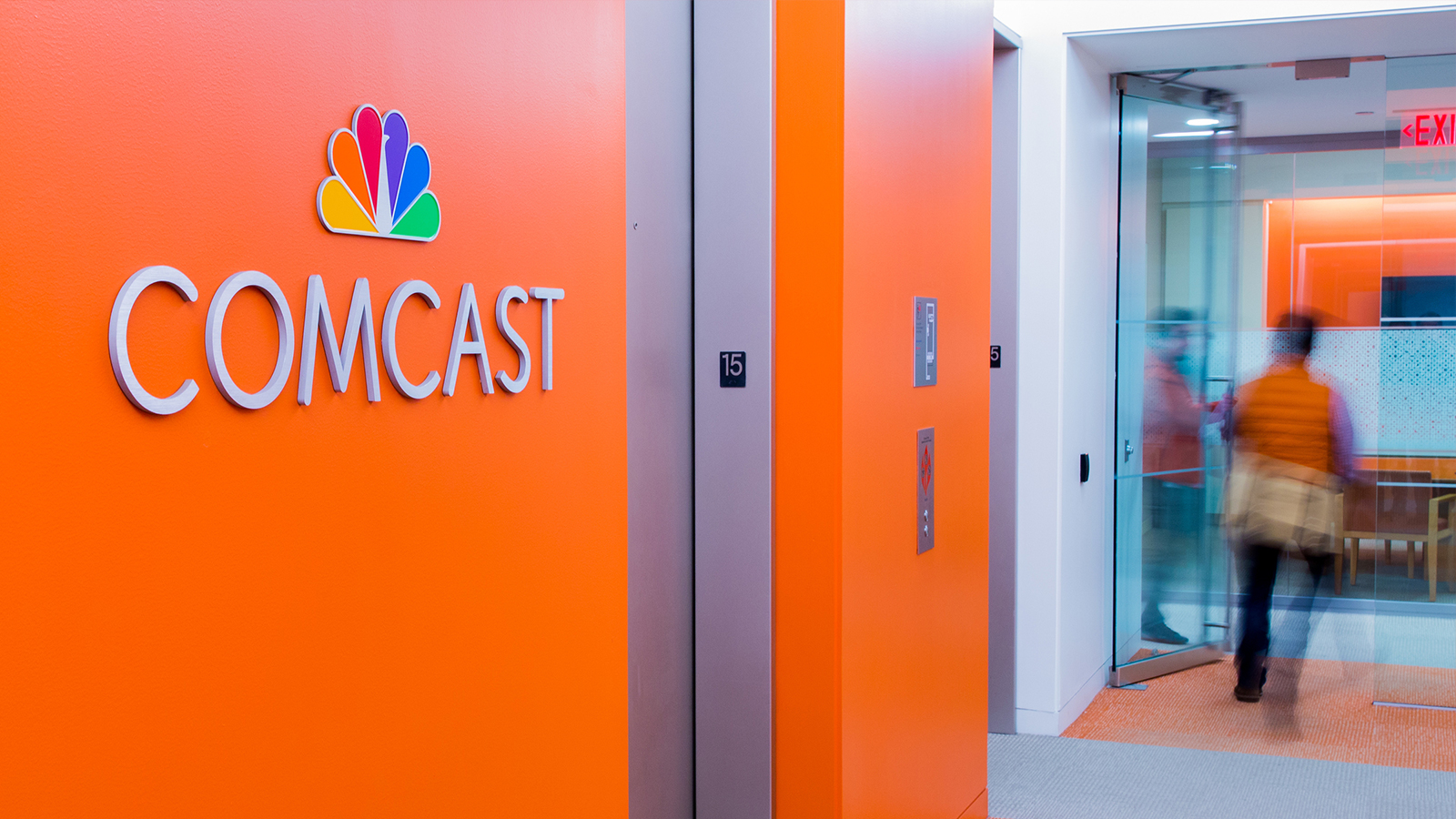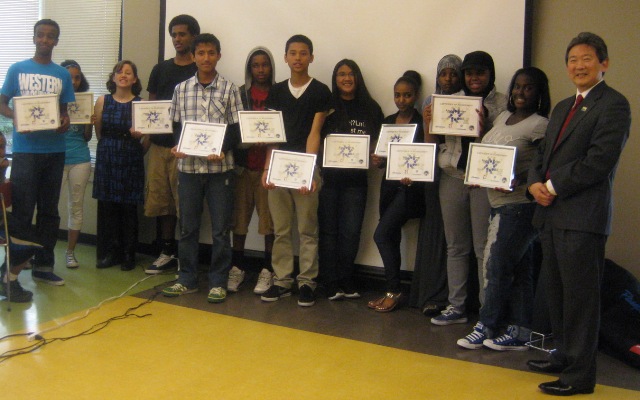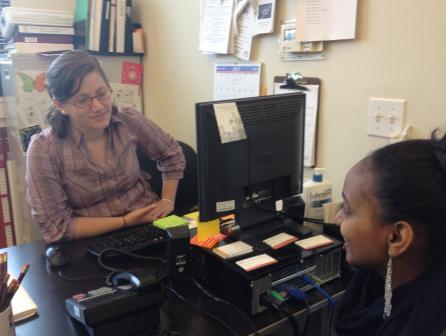Neighborhood House graduates a class of Comcast Digital Connectors


Students from the Comcast Digital Connectors program at Neighborhood House in Seattle hold their graduation certificates. Adults in the picture include Technology Center Coordinator Kat McGhee, third from left, and Neighborhood House Executive Director Mark Okazaki, right.
Here is intern Fadumo Ali’s report on one of our community programs.
For the second year in a row, Comcast employees in Washington and the Comcast Foundation are working with Neighborhood House on a program to bridge the digital divide. Digital Connectors is part of an educational initiative which promotes digital literacy among youth ages 14-21 years. Among the highlights of the program are studies that certify the students as technologically adept through the Cisco IT Essentials curriculum.
“We want to bridge the digital divide and help communities that don’t have access to the Internet,” said Kat McGhee, who is the technology center coordinator for Neighborhood House. She noted that each project is targeted at improving digital awareness among students, with the hope that they will apply this knowledge in their everyday lives.

Neighborhood House’s instructor Kat McGhee and student Rut Matwos share memories of the yearlong Comcast Digital Connectors program.
“We made a video using Windows Movie Maker,” said 16-year-old Digital Connector graduate Rut Matwos. “I have never used it before but I learned how to edit. I use this skill for projects related to school.”
“I want to pursue having my own business; one thing I could get out of this is learning how to create a webpage,” said Matwos, who is a student at Seattle’s Franklin High School. “I have also gained a higher awareness of how to use social networking sites, which I use to stay updated on what’s happening around the world.”
“I enjoy the video project at the end of the year; the students enjoy the process of it and are able to say ‘we did that’,” McGhee said. “But my favorite part of being involved with this program is getting to know the youth and seeing them become more confident and seeing each of them become friends with one another.”
The program takes place twice a week and runs throughout the entire school year. Upon completion, students are awarded a certification and a laptop. This is presented in a graduation ceremony at the end of the year. In order to effectively complete these courses, students must complete the Digital Connectors curriculum which includes community service, financial literacy training, and media literacy training.
“We did 56 hours (of) community service. During our community service we blogged about it and whenever we had events we would blog and put it on Facebook as well,” Matwos said.
McGhee explained that “students also have the opportunity to finish up the year with a service project.” This allows them to take the skills that they have learned in Digital Connectors and apply them in real life situations.
“We are focused on providing them with skills that prepare them for success,” McGhee said.